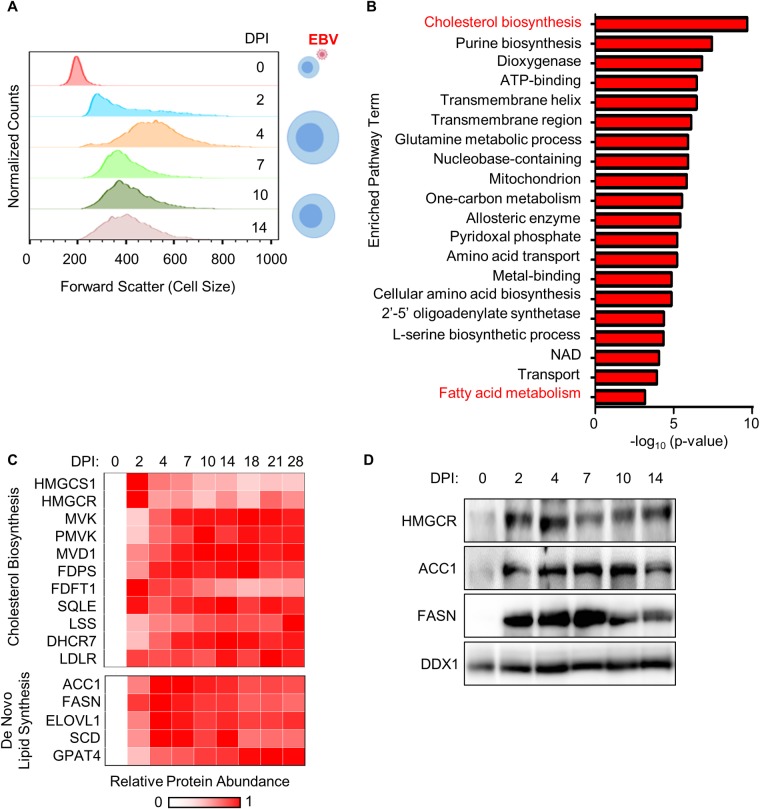Fig 1. EBV highly upregulates lipid biosynthesis programs in newly infected primary B-cells undergoing cell remodeling.
(A) FACS forward scatter cell size measurements of CD19+ primary human B-cells at the indicated days post-infection (DPI) by EBV. Cells were gated for CD23 positivity at timepoints after day 0 to identify EBV-infected B-cells [135–137]. See also S1 Fig. (B) Pathway enrichment analysis of proteins whose abundance was at least 2-fold upregulated by EBV infection at 4 DPI versus resting B-cell levels and with p<0.075 across three biological replicates in our proteomic analysis (28). Only proteins with annotated metabolic function identified in a recent curated dataset (36) were used for bioinformatic analysis. (C) Heatmap representation of proteomic cholesterol and de novo lipid biosynthesis pathway enzyme relative abundances at the indicated DPI of primary human B cell infection by EBV. See also S2 Fig. (D) Immunoblot analysis of HMGCR, ACC1, FASN and load-control DDX1 levels in whole cell lysate (WCL) prepared from primary B-cells infected by EBV for the indicated days. Representative blots (n = 3) are shown.

